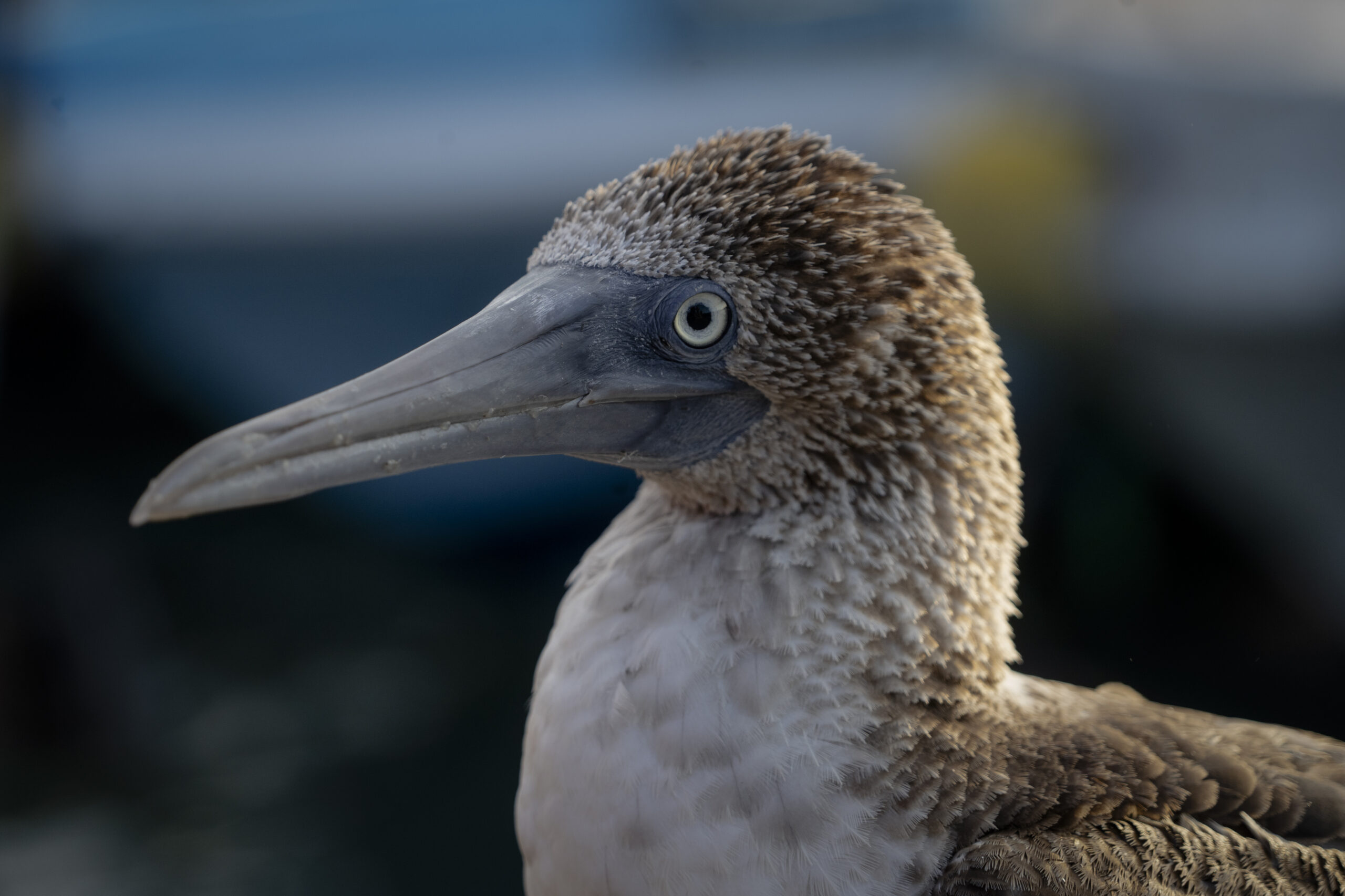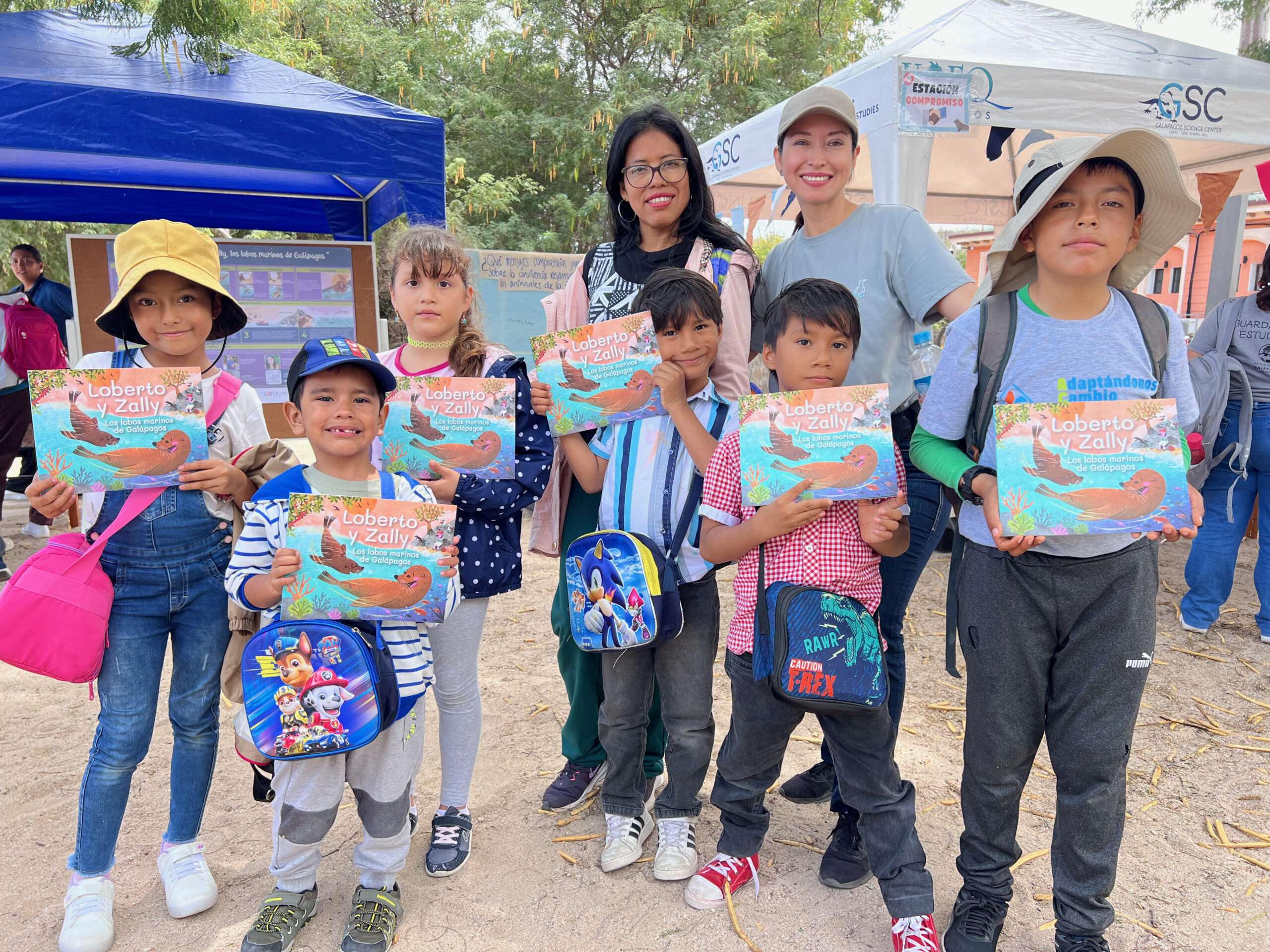Davison has been teaching photography, video, and transmedia documentary since 2001. During this time, more than 25 student groups have created multimedia projects in places including Thailand, Argentina, Mexico, Panama, Cuba, Colombia, Puerto Rico, North Carolina, and the Galapagos Islands. Many of these projects have received significant recognition.
The UNC Global Storytelling course is part of the Global Immersion program of UNC – Chapel Hill, whose main objective is to ensure students have the opportunity to discover and learn about different work alternatives that the world offers to their careers. One of these classes is “MEJO 584: International Projects” and allows students to travel globally and create a multimedia documentary project.
Patrick Davison reflected on his time with the program, sharing, “I started leading this program in 2008, but the Hussman School of Journalism and Media has been running it since 2002. Every year we choose a different location, select five topics, and form groups of students that include two videographers, a photojournalist, and a developer (programmer) to create in depth, rich media stories on the five topics. This year the themes we have chosen are related to terrestrial or marine ecosystems, governance, culture, and tourism and development.”
UNC Global Storytelling classes have been held in several countries, and this is the fourth time that it has been held in Galapagos thanks to the inter-institutional collaboration with Universidad San Francisco de Quito (USFQ) and the Galapagos Science Center (GSC).
Patrick Davison described how the class was initially created. ”We started developing the class in Galapagos when Steve Walsh, founding Emeritus Director of UNC Center for Galapagos Studies, suggested to me that I should consider running the class here. Steve provided an immense amount of help, including connecting me with the USFQ staff, since the GSC didn’t exist when the class was started in 2009. Their work has been fantastic in making it happen, as we needed a lot of local support to be able to develop the class. We needed permits and we also seek to show authentic stories told from the voices of local people. So, it is a collaboration and an inter-institutional agreement that works very well.”

UNC Global Storytelling was born as an innovative way of documenting global stories through international journalism.
Patrick Davison added, “For students this is a life-changing experience. Something that I enjoy personally is seeing how students grow through this challenging experience. When students become professionals, they will have to work in interdisciplinary teams, so they have to see how all the members are successful, they have to adapt, listen, and even learn to translate another language. It’s a challenge for them.”
Camila Moreno interviewing a Galapagos National Park member
Camila Moreno Lizarazo, a third-year UNC Hussman student added, “When I have done reports at UNC – Chapel Hill, I have done them locally. Having the experience of entering another community that is not ours, with people who want to explain how things work on the islands and who open the doors of their homes to us, it is super beautiful. All the things that we have learned, all the things that we have known, the culture, in only 10 days has been incredible.”
Claire Revere filming a Galapagos member of the Biosecurity Agency
Claire Revere, a student in Hussman’s Master’s program in Strategic Communication commented, “The best part of this is working on a multimedia team. I have never worked with reporters, photographers, videographers, and graphic designers before. I think that being able to access all these different communication components and learning how to work in a team is both challenging and rewarding. I am sure that we will achieve a very complete product because we are creating them from different thoughts, opinions, and ideas.”
The Living Galapagos project will be screened publicly on April 26, 2022, at 6p.m. in the Nelson Mandela Auditorium of the UNC FedEx Global Education Center.
The website www.livinggalapagos.unc.eduwill launch simultaneously with the screening, and will contain an archive page to host the 37 stories from the 2009, 2012, and 2013 Living Galapagos projects.






